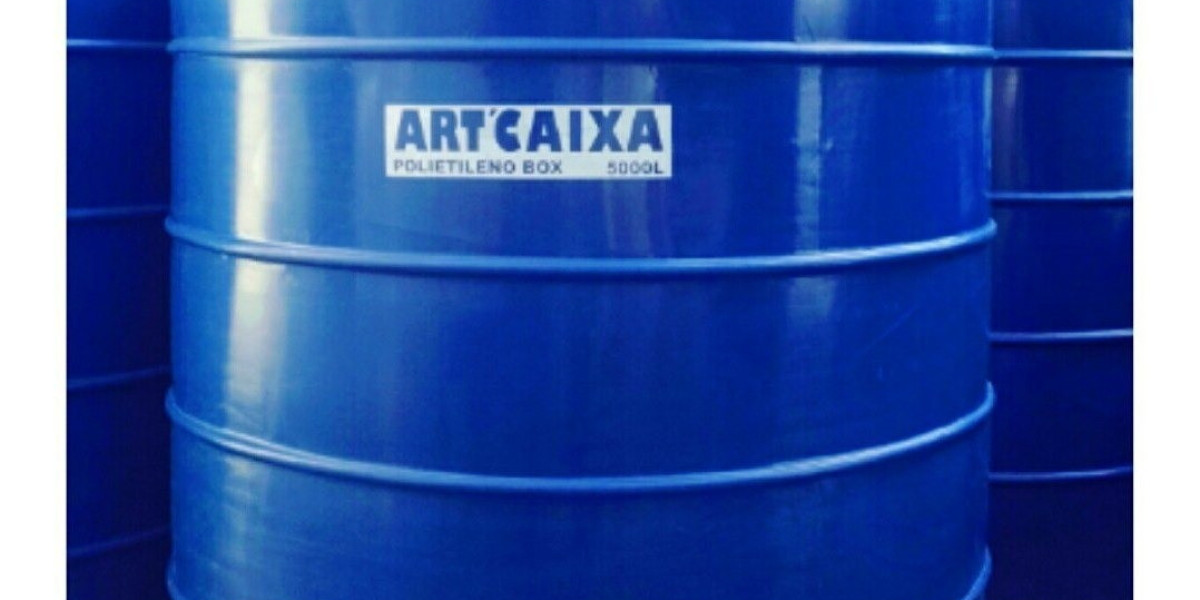Recombinant Proteins market in terms of revenue was estimated to be worth $2.2 billion in 2023 and is poised to reach $3.2 billion by 2028, growing at a CAGR of 7.2% from 2023 to 2028 according to a latest report published by MarketsandMarkets™. Market growth is largely driven by increasing prevalence of chronic diseases, increased demand for biologics and biosimilars due to patent expirations, escalating government support for research and development in life sciences and rising demand for personalized medicine.
Download an Illustrative overview: https://www.marketsandmarkets.com/pdfdownloadNew.asp?id=70095015
Recombinant Proteins Market Scope:
| Report Coverage | Details |
| Market Revenue in 2023 | $2.2 billion |
| Estimated Value by 2028 | $3.2 billion |
| Growth Rate | Poised to grow at a CAGR of 7.2% |
| Market Size Available for | 2021–2028 |
| Forecast Period | 2023–2028 |
| Forecast Units | Value (USD Billion) |
| Report Coverage | Revenue Forecast, Competitive Landscape, Growth Factors, and Trends |
| Segments Covered | By Product, By Application, By Host cell, By End User |
| Geographies Covered | North America, Europe, Asia Pacific, Latin America, Middle East and Africa. |
| Report Highlights | Updated financial information / product portfolio of players |
| Key Market Opportunity | Advancements in gene editing technologies |
| Key Market Driver | Rising incidence of chronic diseases |
Based on product, the global recombinant proteins market is segmented into growth factors and chemokines, immune response proteins, structural proteins, membrane proteins, kinase proteins, regulatory proteins, recombinant metabolic enzymes, adhesion molecules and receptors, and other recombinant proteins. The growth factors and chemokines segment accounted for the largest share of the market in 2022. The segment dominant the market owing various factors such as diversified application of growth factors for various cellular processes such as cell growth, proliferation, differentiation and for the research in chemotaxis, neurobiology, wound healing, immunology, cancer, viral diseases, cell culture, and stem cell research.
Based on application, the global recombinant proteins market is segmented into drug discovery & development, biopharmaceutical production, research, diagnostics and other applications. In 2022, the drug discovery & development segment accounted for the largest share of the recombinant proteins market. The largest share can be attributed to the growing importance of recombinant proteins in small molecule drug discovery programs and developing new compounds that impact the function of disease-associated proteins or their respective protein-protein interactions.
Based on host cell, the global recombinant proteins market is segmented into mammalian systems, insect cells, yeast & fungi, bacterial cells and other host cell. In 2022, the bacterial cells segment accounted for the largest share of the recombinant proteins market. The largest share is due to factors such as well-characterized genetics, ease of manipulation, and cost-effectiveness compared to other systems.
Based on end user, the global recombinant proteins market is segmented into, pharmaceutical & biopharmaceuticals companies, biotechnology companies, academic & research institutes, contract research organizations (CROs) and other end users. In 2022, pharmaceutical & biopharmaceuticals companies segment accounted for the largest share of the market. The key factor of driving the growth of this market segment can be attributed to the utilization of recombinant proteins in the identification of prognostic, predictive, and diagnostic markers and quantifying biomarkers during drug discovery & development.
Based on the region, the global recombinant proteins market is segmented into North America, Europe, Asia Pacific, Latin America, Middle East and Africa. In 2022, North America accounted for the largest share in the recombinant proteins market, Europe is the second largest region in 2022. The dominance in the market can be attributed to to the rising acceptance of personalized medicine, increasing academic & government investments in diagnostic research and active government support. The Asia Pacific market is expected to register the highest CAGR of 7.8% during the forecast period. In 2022, the growth of the market is driven by the increasing government intitaives for life sciences research, rising investment for academic collaboration and rising prevalence of chronic diseases in this region.
Buy a Recombinant Proteins Industry Report (406 Pages PDF with Insightful Charts, Tables, and Figures): https://www.marketsandmarkets.com/Purchase/purchase_reportNew.asp?id=70095015
Recombinant Proteins market major players covered in the report, such as:
- Bio-Techne (US)
- Thermo Fisher Scientific Inc. (US)
- Merck KGaA (Germany)
- Abcam plc (UK)
- Abnova Corporation (Taiwan)
- Biolegend Inc (US)
- Bio-Rad Laboratories, Inc. (US)
- BPS Bioscience, Inc. (US)
- Enzo Biochem, Inc. (US)
- GenScript (China)
- Miltenyi Biotec B.V. & Co. KG (Germany)
- Proteintech Group, Inc. (US)
- Sino Biological Inc. (China)
- ACROBiosystems Group (US)
- Aviva Systems Biology Corporation (US)
- Sartorius CellGenix GmbH (Germany)
- Icosagen (US)
- Neuromics (US)
- ProSpec-Tany Technogene Ltd (Israel)
- ProteoGenix S.A.S (France)
- RayBiotech Inc (US)
- Laurus Bio (India)
- Stemcell Technologies (Canada)
- StressMarq Biosciences Inc (Canada)
- United States Biological (US)
- and Among Others
Request for FREE Sample Pages: https://www.marketsandmarkets.com/requestsampleNew.asp?id=70095015
This report categorizes the recombinant proteins market into the following segments and subsegments:
By Product
- Growth Factors and Chemokines
- Interferons (IFNs)
- Interleukins (ILs)
- Other growth factors & chemokines
- Immune Response Proteins
- Structural Proteins
- Membrane Proteins
- Kinase Proteins
- Regulatory Proteins
- Recombinant Metabolic Enzymes
- Adhesion Molecules and Receptors
- Other Recombinant Proteins
By Application
- Drug Discovery & Development
- Biologics
- Vaccines
- Cell & Gene Therapy
- Biopharmaceutical Production
- Research
- Academic Research
- Biotechnology Research
- Diagnostics
- Other Applications
- By Host cell
- Mammalian Systems
- Insect Cells
- Yeast & Fungi
- Bacterial Cells
- Other host cell
By End User
- Pharmaceutical & Biopharmaceutical Companies
- Biotechnology Companies
- Academic Research Institutes
- Contract Research Organizations
- Other End Users
By Region
- North America
- US
- Canada
- Europe
- Germany
- UK
- France
- Italy
- Spain
- Rest of Europe (ROE)
- Asia Pacific
- Japan
- China
- India
- South Korea
- Rest of Asia Pacific
- Latin America
- Brazil
- RoLATAM
- Middle East
- GCC Countries
- Rest of Middle East
- Africa
Get 10% Free Customization on this Report: https://www.marketsandmarkets.com/requestCustomizationNew.asp?id=70095015
Key Market Stakeholders:
- Pharmaceutical and biotechnology companies
- Life sciences companies
- Academic research institutes
- Government institutes
- Private research firms
- Contract Research Organizations (CROs)
- Third-party suppliers, direct suppliers, distributors, and channel partners
- Venture capitalists and investors
- Market research and consulting firms
Report Objectives:
- To define, describe, and forecast the recombinant proteins market by product, application, host cell, end user, and region.
- To provide detailed information regarding the major factors influencing the market growth (such as drivers, restraints, opportunities, and challenges)
- To analyze the micromarkets1 with respect to individual growth trends, prospects, and contributions to the overall recombinant proteins market
- To analyze the opportunities for stakeholders and provide details of the competitive landscape for market leaders
- To forecast the size of the market segments with respect to five regions: North America, Europe, the Asia Pacific (APAC), Latin America (LATAM), Middle East and Africa.
- To profile the key players and analyze their market shares and core competencies2
- To track and analyze competitive developments, such as acquisitions, product launches, expansions, agreements, partnerships and research & development activities.
- To benchmark players within the market using the proprietary “Company Evaluation Matrix” framework, which analyzes market players on various parameters within the broad categories of business and product excellence strategy.








